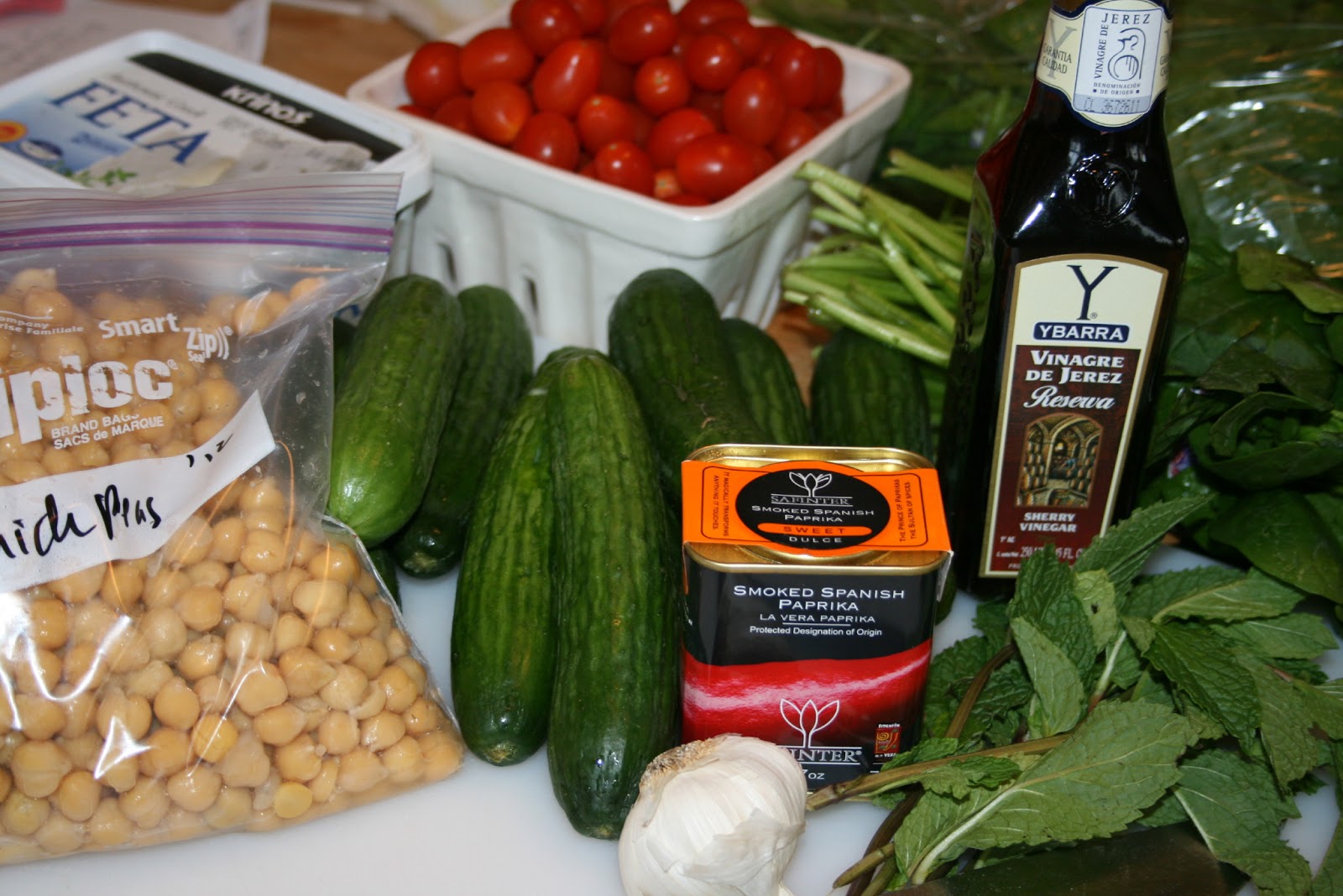Farro was our second focus in The Family Table grain series. Farro dates way back to pre-Roman times (farro grains have been found in Pharoah's tombs) where it was a major food staple. Farro has a similar flavor to brown rice, but has a nuttier taste. It has a very low gluten content and can often be eaten by those with a gluten intolerance (although after making a yummy farro risotto for a gluten free friend, I found out it is not totally gluten free, sorry Tracy). Farro is rich in fiber, magnesium and vitamins A, B, C and E.
Farro is very easy to prepare:
If you think of it, soak the farro in water over night. This will give you a head start on the cooking process, although it is not crucial. Put the drained (or dry if you did not soak) farro in a pot and cover by a couple of inches with water and a good pinch of kosher salt. Bring to a boil. Lower the heat to a simmer and put the top on, stirring occasionally. Non soaked farro takes about 30 minutes for an al dente taste. If you soak it first, plan to cook it about 20 minutes. Drain the farro and stop the cooking process by putting it under cold water until cooled. It is ready to pop into a green salad, or use it for many farro salad recipes.
This is really delicious. Perfect to accompany a simple seared or grilled filet of fish.
This is a nice hearty vegetarian meal. Easy to make a big pot of and freeze the unused part. I like to freeze my soups and stew in ziploc freezer bags labeled with the name and freezing date. I am looking into freezing things in quart wide mouthed canning jars. Thinking that is an improvement as it elminates the plastic component and makes for easy defrosting in a hot water bath. Often when I defrost ziploc bags in warm water, I spring a leak. Let me know if anyone has any tips on can freezing.
Additionally, following please find some farro recipes that I have not yet tried but am hoping to soon. Let me know what you think if you get inspired to try them out.
Farro and herbs salad, a lunch salad or good with maybe seared salmon or chicken:
http://www.101cookbooks.com/
A crisp, nice salad:
http://honestfare.com/bean-
And lastly, before i lose your attention:
http://www.vegetariantimes.
A great article on farro, including a very good risotto recipe. I added some shredded chicken thighs, mushrooms and spinach to my farrotto and topped with some cheese and truffle oil, it was delicious:
http://www.theatlantic.com/












